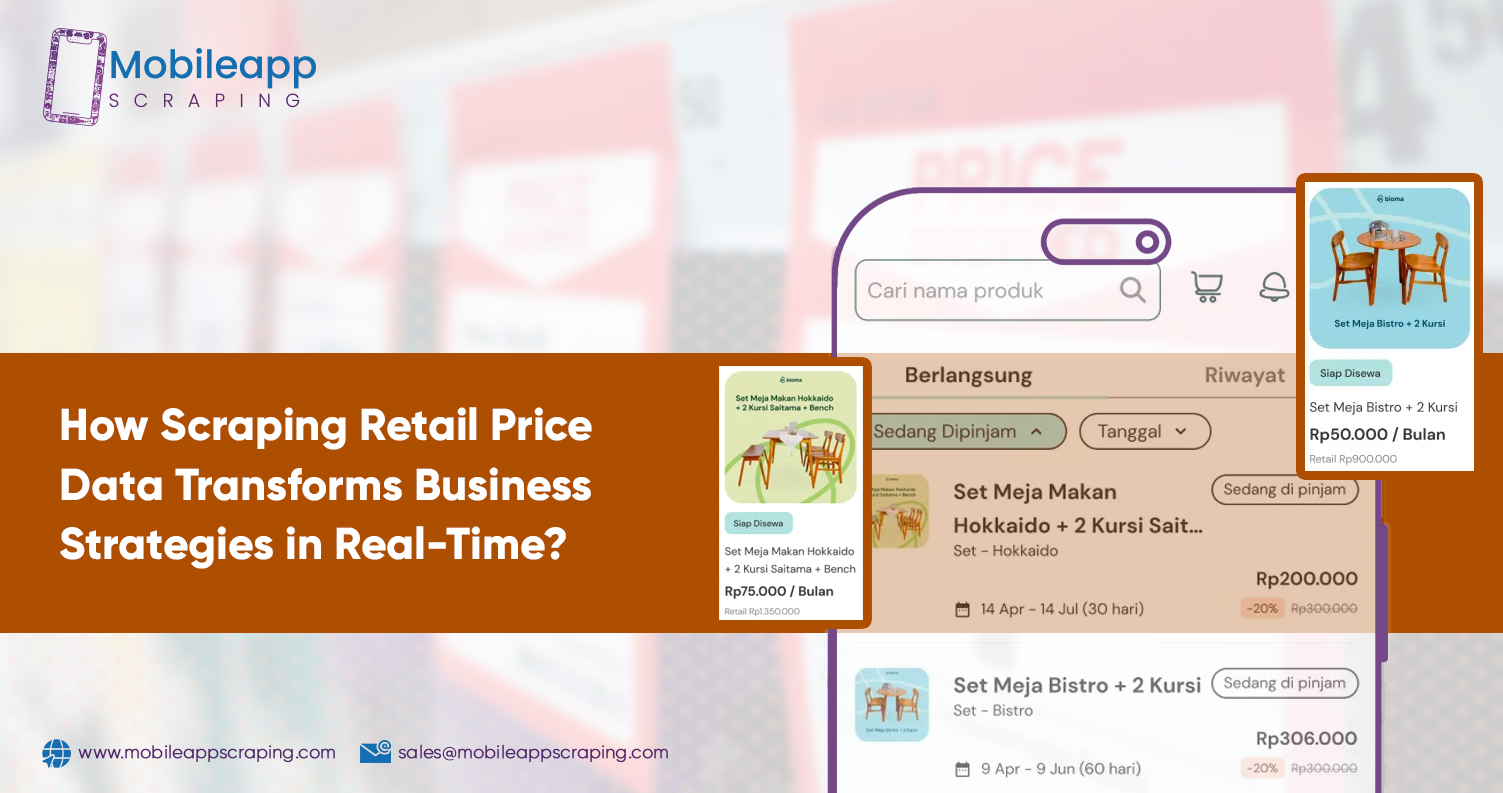
How Scraping Retail Price Data Transforms Business Strategies in Real-Time?
Introduction
In the ever-evolving marketplace, businesses must stay agile in response to pricing fluctuations to remain competitive. Scraping Retail Price Data has become crucial for organizations looking to make data-driven decisions aligned with real-time market trends. By leveraging this technology, companies can efficiently gather, analyze, and optimize pricing strategies based on extensive market insights, gaining a decisive edge in today’s digital commerce landscape.
The Evolution of Pricing Intelligence
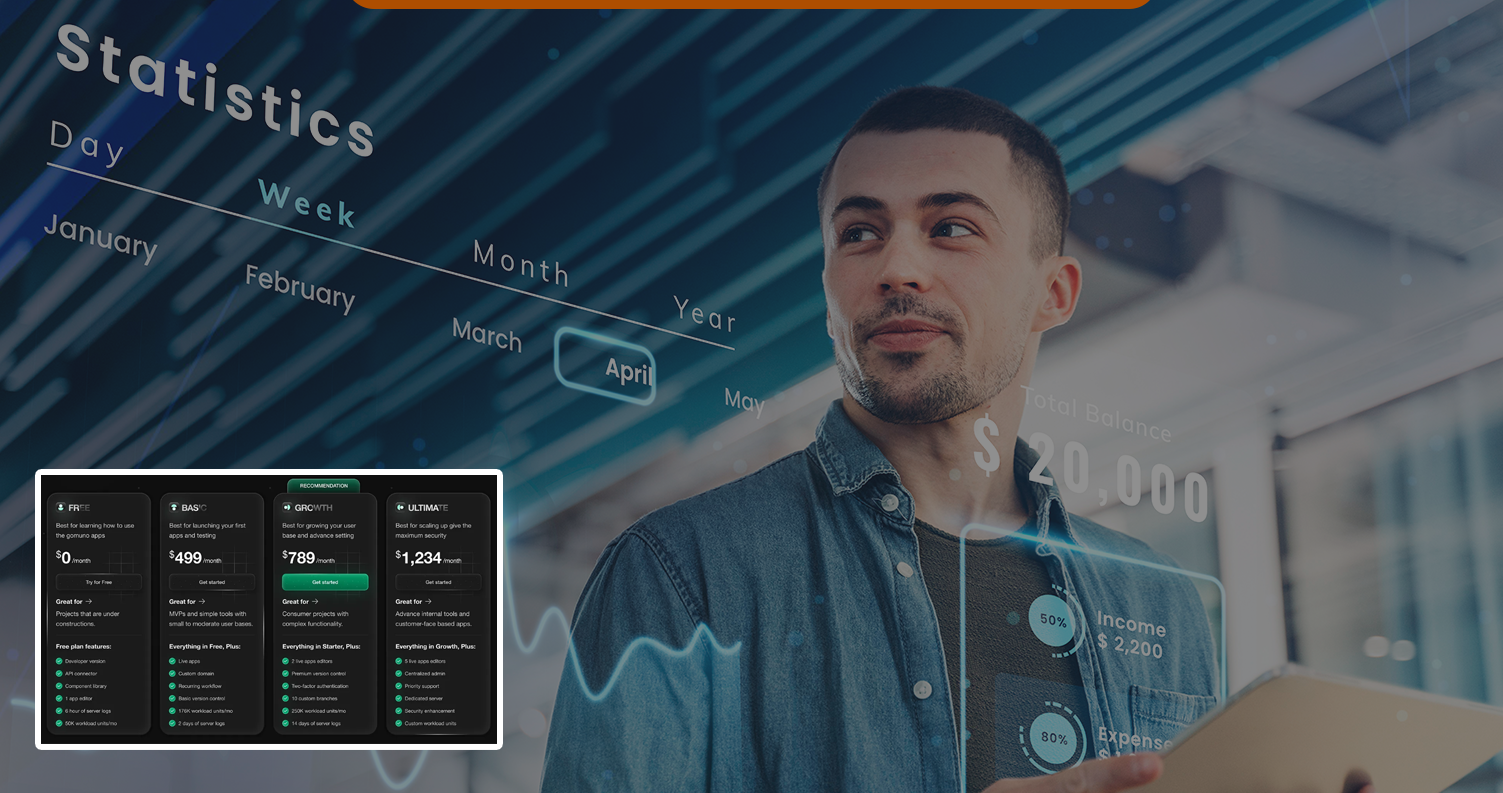
In the past, businesses relied on traditional pricing strategies that depended on periodic manual research, competitor catalogs, or industry reports—resources that quickly became outdated. This outdated approach often left companies with significant blind spots, resulting in missed opportunities and a reactive rather than proactive approach to decision-making.
However, the digital transformation of retail has reshaped this landscape entirely. The rise of e-commerce platforms and the widespread digitization of pricing information have unlocked access to vast, valuable data repositories. The real challenge is how businesses can efficiently collect, process, and leverage this wealth of information to fuel strategic decisions and stay ahead in an increasingly competitive market.
Understanding the Mechanics of Price Data Collection
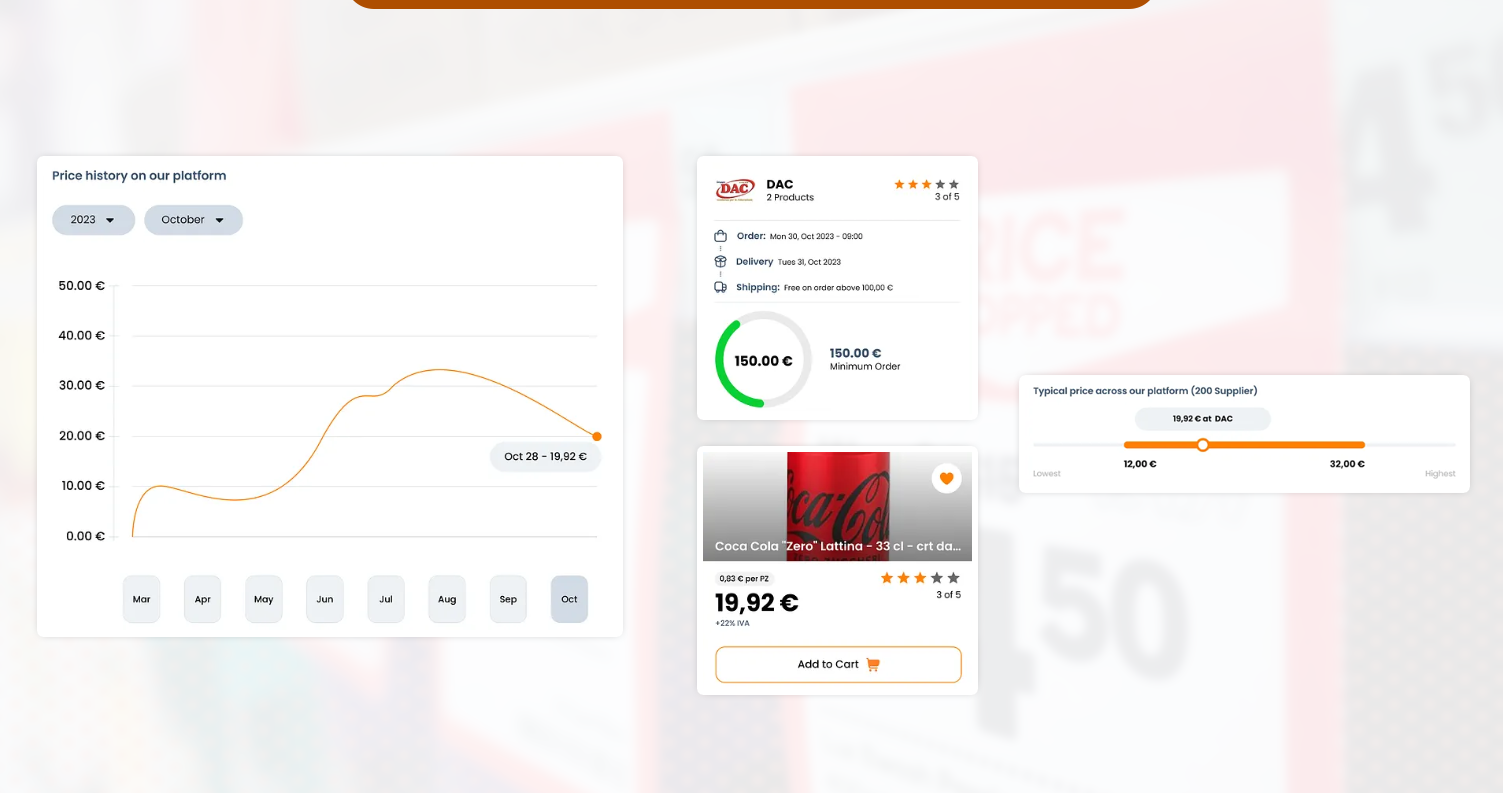
Retail Price Scraping is crucial in gathering real-time pricing insights in the highly competitive retail landscape. This process involves the systematic extraction of pricing information from a wide range of online sources, including:
- E-commerce websites that host thousands of products across multiple categories.
- Marketplace platforms that feature diverse sellers with dynamic pricing models.
- Retail chains' online stores offer in-house promotions and region-specific discounts.
- Comparison shopping engines that aggregate price variations across different sellers.
- Mobile applications where exclusive deals, flash sales, and app-only discounts are frequently updated.
To ensure accuracy and efficiency, modern Web Scraping For Pricing solutions integrate advanced algorithms and cutting-edge technologies such as:
| Technology | Function | Business Benefit |
|---|---|---|
| Automated crawlers | Navigate websites and extract structured data | Continuous data collection without manual intervention |
| Machine learning algorithms | Identify patterns and anomalies in pricing data | More accurate competitive insights |
| Natural Language Processing | Interpret product descriptions and features | Better product matching across competitors |
| Cloud computing | Process vast quantities of data at scale | Increasing operational efficiency |
| API integrations | Connect directly to data sources where available | More reliable data streams |
This robust technological infrastructure allows businesses to gain real-time insights into market conditions, competitive positioning, and pricing opportunities. This empowers them to make informed pricing decisions, optimize revenue strategies, and stay ahead in an ever-evolving retail landscape.
The Strategic Value of Real-Time Price Intelligence
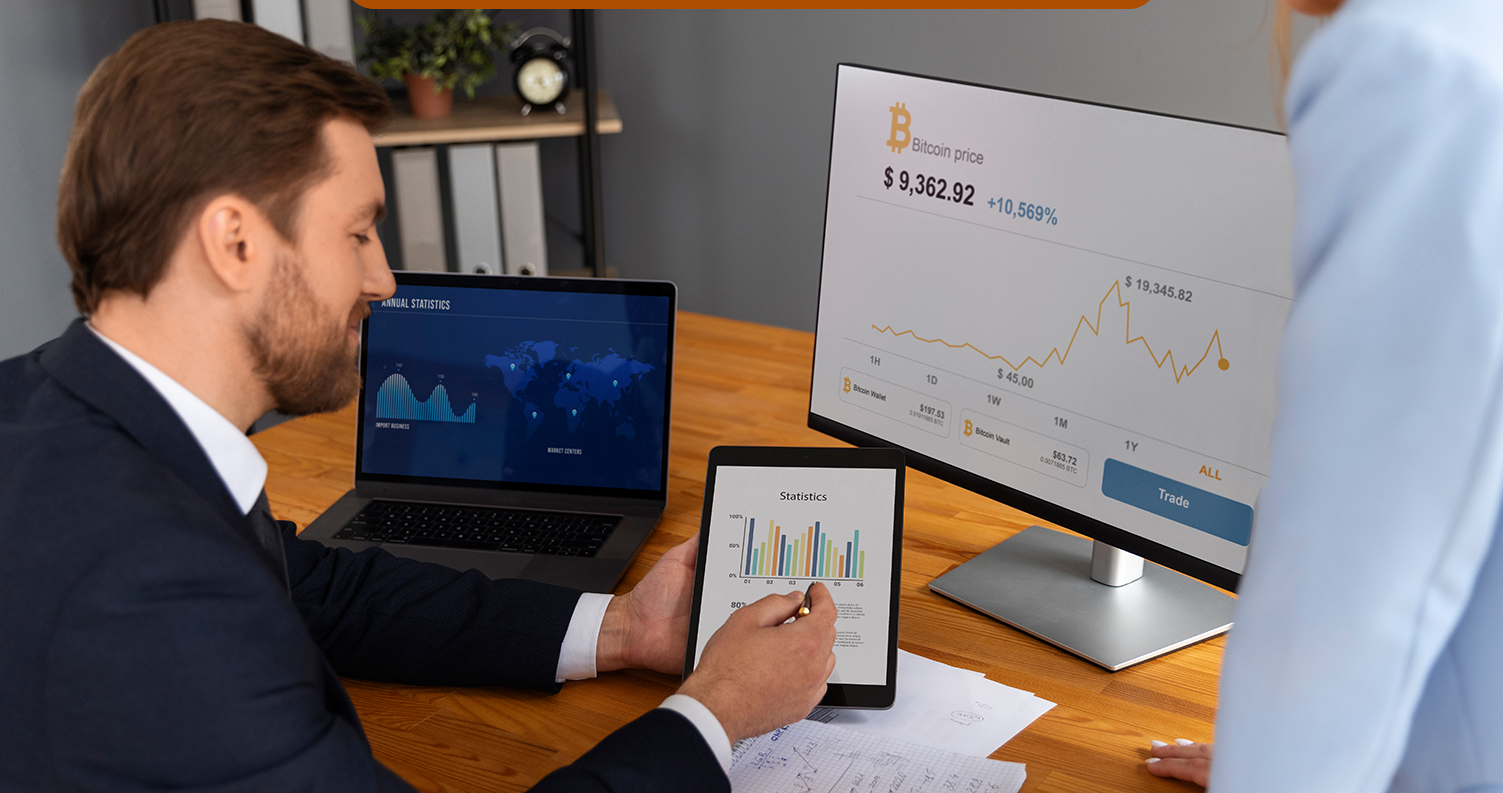
Harnessing Real-Time Pricing Data effectively unlocks multiple strategic benefits for businesses, helping them stay agile in a rapidly shifting market.
Dynamic Pricing Optimization
Real-time access to pricing data enables businesses to implement advanced pricing algorithms that dynamically adjust rates based on:
- Competitor price movements to stay ahead by responding to real-time competitor price shifts.
- Supply and demand fluctuations to optimize pricing strategies based on changing demand levels.
- Seasonal trends to adjust prices to capitalize on seasonal shopping behaviors.
- Consumer behavior patterns to tailor pricing based on purchasing habits and market sentiment.
- Inventory levels to manage stock effectively by pricing products according to availability.
This dynamic approach ensures retailers maximize revenue during peak demand while maintaining competitiveness during slower periods.
Enhanced Competitive Price Monitoring
The retail landscape is ever-evolving, with promotions launching daily, inventory shifting, and competitors refining their pricing strategies. Robust Competitive Price Monitoring tools provide businesses with real-time visibility into these market changes, enabling them to:
- Identify aggressive pricing tactics by competitors.
- Detect market-wide pricing trends to refine pricing strategies.
- Uncover competitor promotional patterns and discount strategies for a competitive edge.
- Monitor MAP (Minimum Advertised Price) compliance to ensure fair market practices.
- Assess competitor product bundling tactics to enhance their offerings.
With these insights, businesses can swiftly react to market fluctuations, neutralize competitive threats, and seize emerging opportunities.
Informed Product Assortment Decisions
Beyond pricing, real-time data provides crucial intelligence for product assortment strategies by helping businesses:
- Identify trending products gaining traction in the market.
- Recognize products being phased out by competitors, revealing shifts in demand.
- Analyze price positioning across different product categories to optimize pricing strategies.
- Evaluate competitors’ premium vs. value-oriented offerings for strategic assortment planning.
- Detect seasonal inventory adjustments, ensuring alignment with demand cycles.
By leveraging these insights, businesses can refine their pricing models and broader merchandising strategies to better meet evolving consumer preferences.
How does Product Price Comparison enhance key Business Functions?
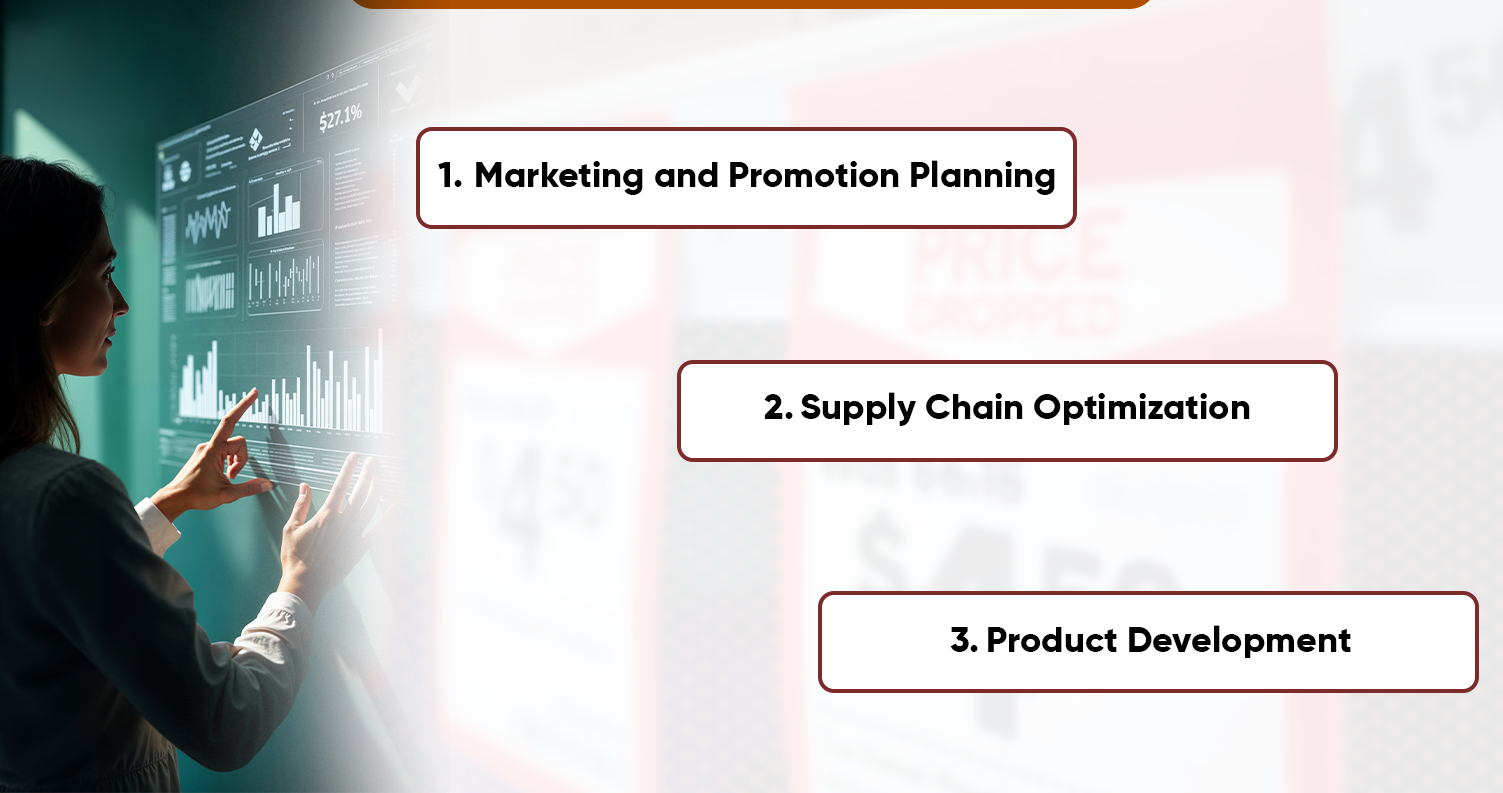
A comprehensive Product Price Comparison does more than refine pricing strategies—it is a powerful tool that influences multiple business functions, driving more intelligent decision-making across marketing, supply chain management, and product development.
Marketing and Promotion Planning
Marketing teams utilize price intelligence to craft data-driven strategies that maximize competitive advantage:
- Designing targeted promotional campaigns that emphasize pricing strengths relative to competitors.
- Developing compelling value propositions by positioning products effectively in the market.
- Strategizing promotional event timing to align with price trends and consumer purchasing behavior.
- Allocating marketing budgets efficiently by focusing on products with the highest competitive potential.
- Crafting persuasive messaging highlighting pricing advantages to influence consumer perception and drive sales.
Supply Chain Optimization
Supply chain managers leverage pricing intelligence to streamline operations and enhance procurement strategies:
- Forecasting demand trends by analyzing how competitive pricing affects consumer purchasing patterns.
- Strengthening supplier negotiations with real-time market price insights to secure favorable terms.
- Optimizing inventory management by adjusting stock levels based on competitive pricing dynamics.
- Detecting supply shortages early through price fluctuation analysis, allowing proactive sourcing.
- Adjusting procurement schedules strategically to capitalize on cost-effective purchasing opportunities.
Product Development
Research & Development (R&D) and product development teams harness price intelligence to refine innovation strategies:
- Analyzing price-feature relationships to understand consumer preferences and market demand.
- Identifying untapped price gaps in the market where new products can be introduced successfully.
- Assessing premium pricing potential by evaluating the value perception of specific product features.
- Testing price elasticity to determine optimal pricing models for new product launches.
- Monitoring competitive responses to new product entries, enabling agile market adaptation.
By integrating Product Price Comparison into these core business functions, companies gain a strategic advantage, enabling them to optimize pricing, improve operational efficiency, and drive innovation that meets evolving consumer demands.
Implementing Effective Price Monitoring Datasets
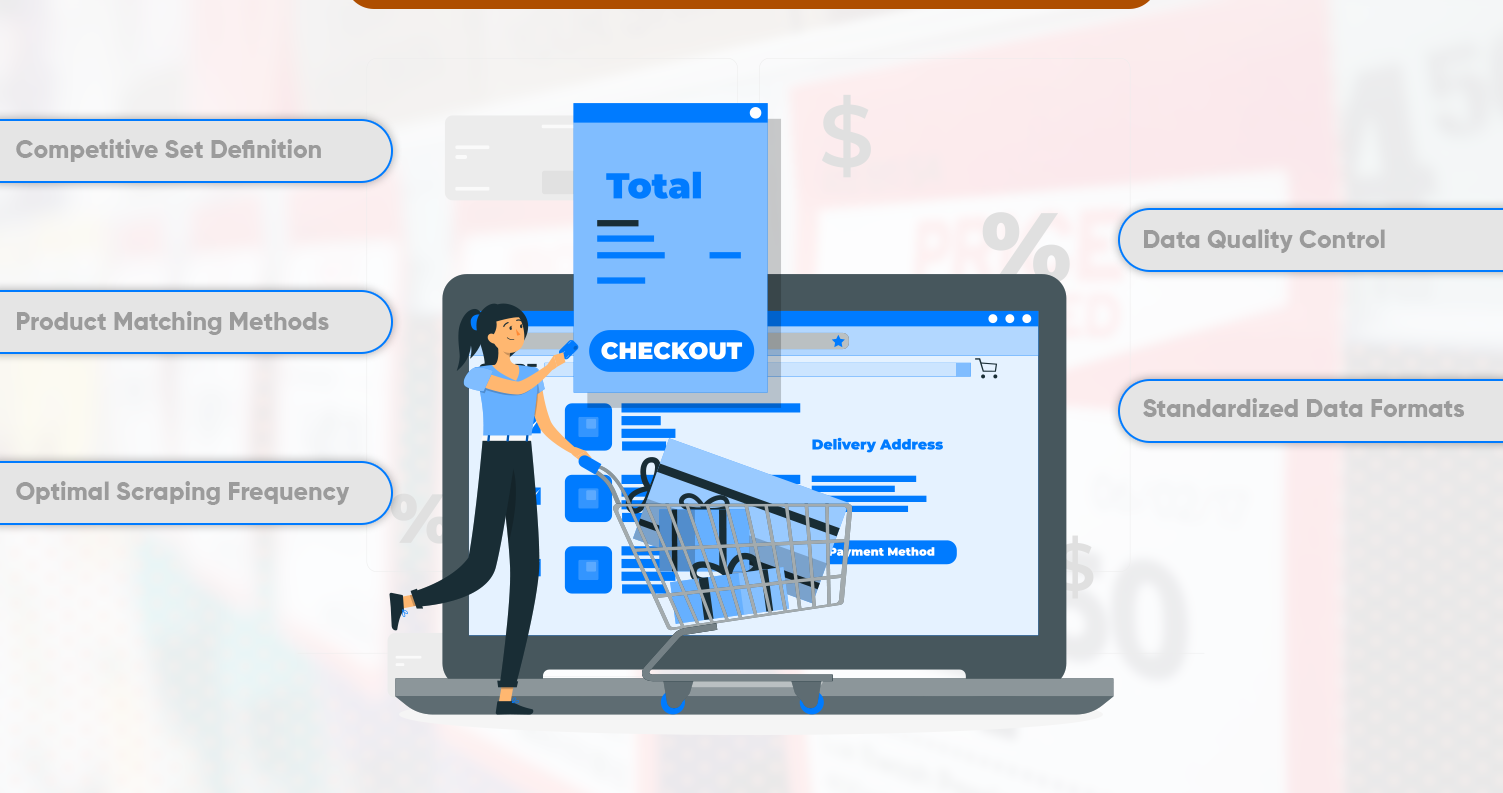
Building adequate Price Monitoring Datasets requires a strategic approach that ensures accuracy, consistency, and relevance. Several critical factors must be considered to develop a robust pricing intelligence system:
- Competitive Set Definition: Identifying key competitors and relevant product categories to track ensures meaningful insights.
- Product Matching Methods: Implementing precise product matching techniques, such as attribute-based matching or machine learning algorithms, enhances data accuracy.
- Optimal Scraping Frequency: Setting the proper scraping intervals helps capture real-time pricing fluctuations without overloading systems.
- Data Quality Control: Ensuring data accuracy through validation checks, deduplication processes, and anomaly detection safeguards dataset reliability.
- Standardized Data Formats: Structuring data uniformly facilitates seamless integration into analytics tools and business intelligence platforms.
The most effective price monitoring solutions blend automation with human expertise, ensuring data collection processes remain efficient and precise.
How Does Mobile App Price Scraping Extend Market Visibility?
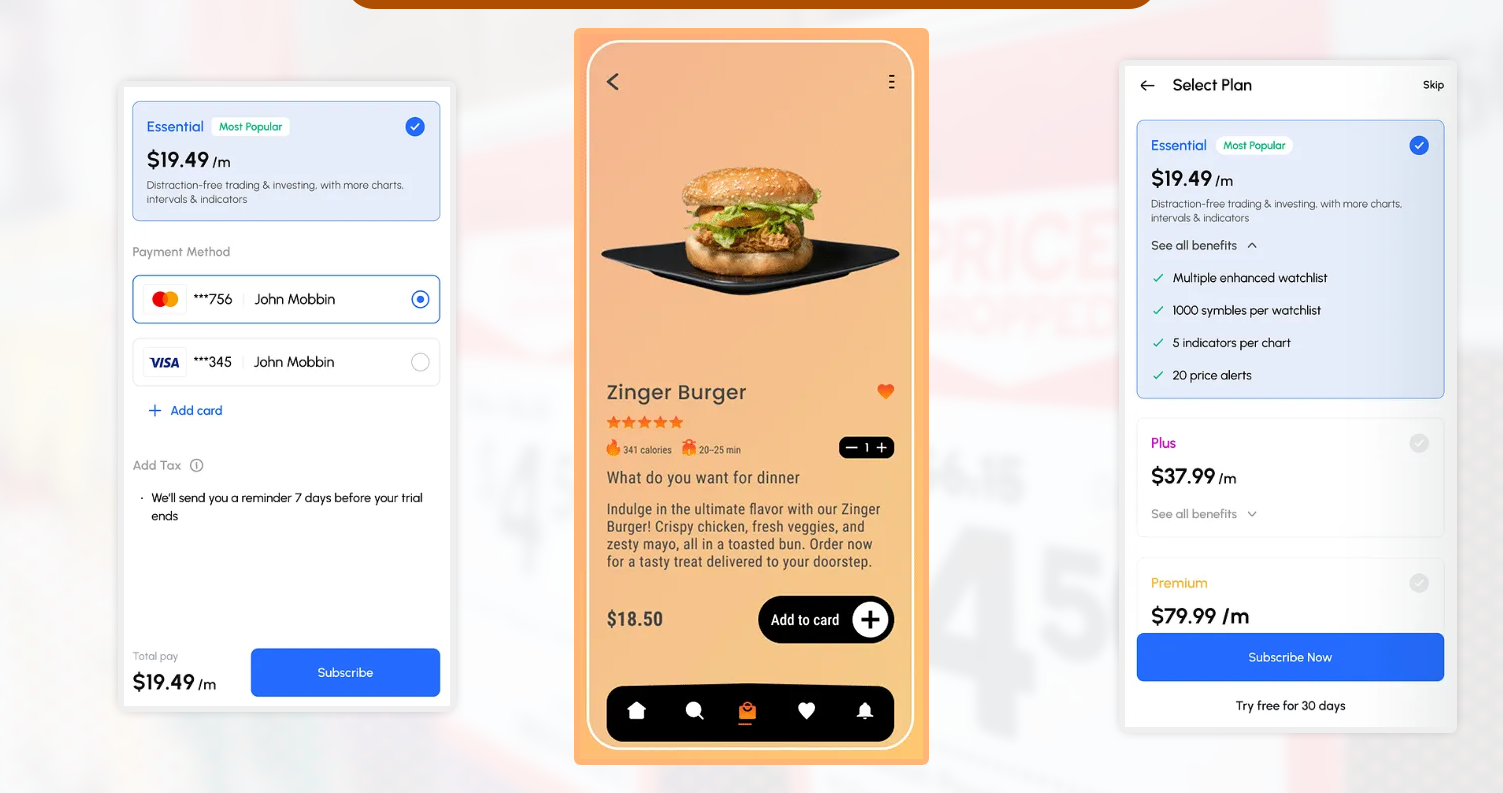
With consumer purchasing habits increasingly shifting towards mobile platforms, Mobile App Price Scraping has become a vital aspect of comprehensive price intelligence.
Businesses leveraging this approach gain deeper insights into mobile-driven pricing trends, enabling them to stay competitive in a rapidly evolving market.
By implementing Mobile App Price Scraping, organizations can:
- Capture pricing data from mobile-exclusive retailers, ensuring a complete understanding of competitive pricing structures.
- Identify mobile-specific promotions and discounts that often differ from desktop or in-store offers.
- Monitor in-app purchasing options and pricing, helping businesses optimize their pricing strategies.
- Track location-based pricing variations, allowing brands to adapt pricing models based on regional demand and competition.
- Evaluate mobile loyalty program offerings, gaining insight into customer engagement strategies used by competitors.
Neglecting mobile channels in pricing intelligence efforts can result in fragmented competitive insights, leaving businesses unaware of key market dynamics and consumer behaviors that influence purchasing decisions.
The Role of AI in Enhancing Price Intelligence

Artificial intelligence is pivoting in redefining how to Scrape Product Price Data and extract valuable insights to drive competitive business strategies.
By leveraging advanced AI-powered techniques, companies can refine their approach to pricing analysis and stay ahead in dynamic market conditions.
- Machine learning algorithms enhance product matching accuracy, ensuring that price comparisons across different platforms remain precise and reliable.
- Natural language processing (NLP) enables the efficient extraction of product attributes, allowing businesses to categorize and analyze pricing trends more clearly.
- Computer vision technology facilitates price extraction directly from images, making it possible to gather data from product listings, promotional banners, and in-store displays.
- Predictive models anticipate shifts in competitor pricing strategies, equipping businesses with the foresight to make data-driven pricing adjustments.
- Anomaly detection identifies unusual pricing patterns, flagging potential errors, market disruptions, or pricing opportunities that require further analysis.
Price intelligence is evolving beyond traditional descriptive analytics into a more advanced, predictive discipline by integrating these AI-driven capabilities.
This shift enables businesses to proactively refine pricing strategies, optimize revenue opportunities, and maintain a competitive edge in the ever-changing retail landscape.
Implementation Challenges and Solutions
When organizations integrate Web Scraping For Pricing intelligence, they often face several key challenges:
| Challenge | Solution |
|---|---|
| Data volume management | Cloud-based storage and processing architecture |
| Product matching accuracy | AI-powered matching algorithms with human verification |
| Data quality assurance | Automated validation rules and anomaly detection |
| Integration with existing systems | Flexible API architecture and customized data formats |
| Maintaining scraping infrastructure | Managed services with regular technical updates |
By proactively anticipating and addressing these challenges, businesses can accelerate their time-to-value and maximize ROI from price intelligence initiatives.
How Mobile App Scraping Can Help You?
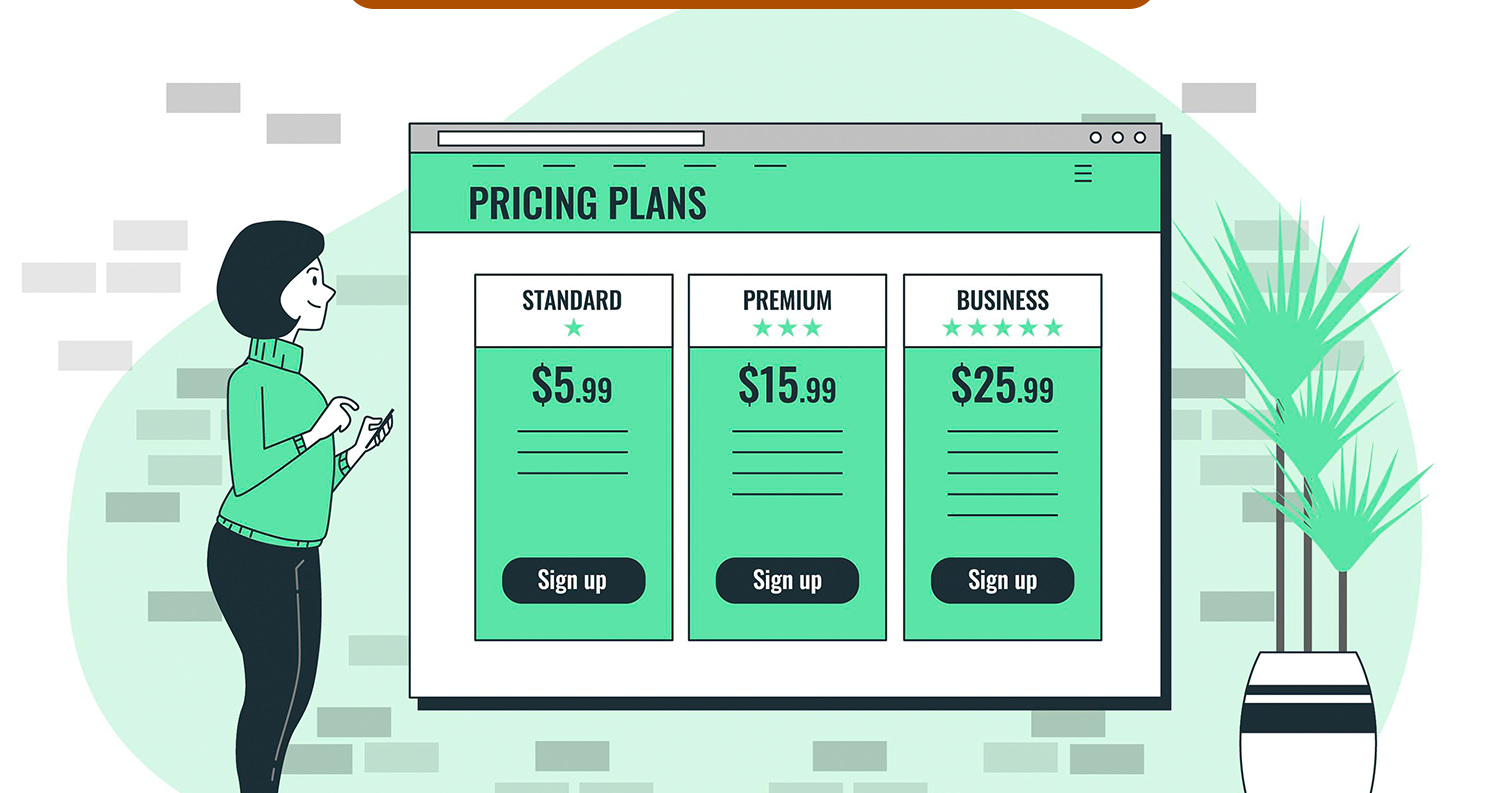
We offer comprehensive Retail Price Scraping solutions to meet your unique business needs. Our specialized services empower businesses with data-driven insights by leveraging advanced technologies for seamless price monitoring.
Our Key Offerings:
- Customized data extraction from both web and mobile sources, ensuring complete market visibility.
- Proprietary matching algorithms that deliver accurate competitive price comparisons for better decision-making.
- Scalable infrastructure that adapts to your growing price monitoring requirements.
- Advanced analytics dashboards that transform raw data into actionable insights for strategic planning.
- Regular reporting and real-time alerts will keep you informed of critical price movements.
- API access for seamless integration with your existing business systems and workflows.
- Compliance-focused methodologies that ensure data collection aligns with legal and ethical standards.
Our team of data scientists and industry experts collaborates with your organization to develop tailored price intelligence strategies. These help you make informed pricing decisions that drive measurable business growth.
Conclusion
In today's fast-evolving retail landscape, comprehensive Price Monitoring Datasets are no longer optional—they are essential for maintaining a competitive edge. Successful businesses go beyond merely gathering competitive intelligence and instead leverage it to drive informed, strategic decisions.
Are you ready to unlock the power of comprehensive price intelligence? Contact Mobile App Scraping today to discover how we can revolutionize your pricing strategy with customized solutions to your industry's unique needs.
Our team of specialists is here to help you navigate the complexities of Competitive Price Monitoring, ensuring a data-driven approach that delivers tangible business outcomes. Don't let your competitors gain the upper hand—partner with us to stay ahead in today’s data-driven marketplace.